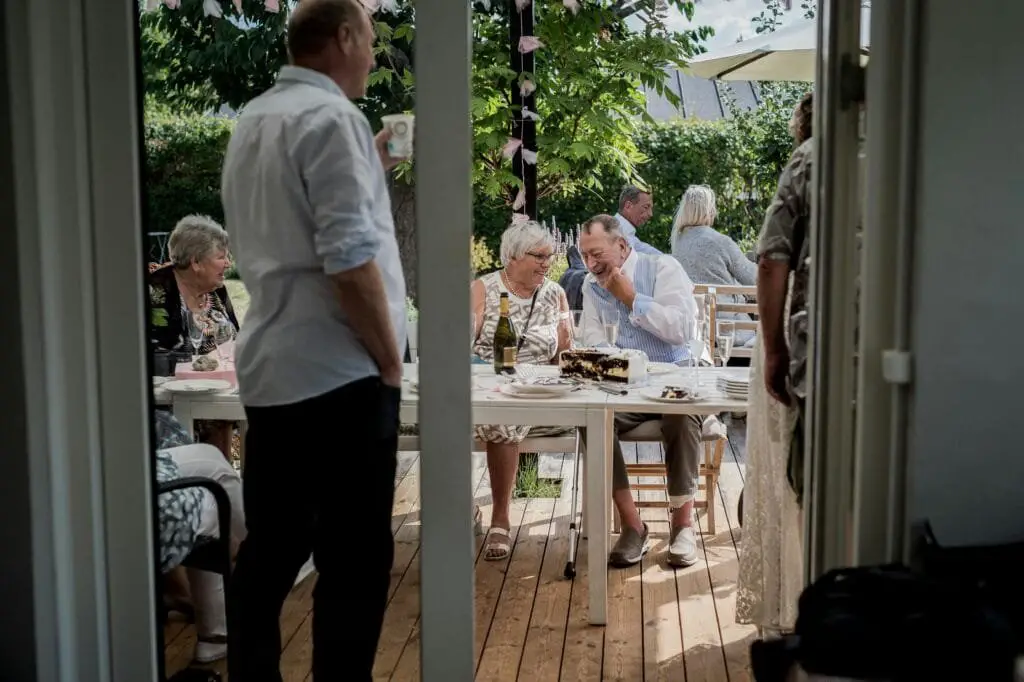1. Sponge-Painted Walls

Sponge painting felt like the height of creativity back in the ’80s, especially if you had a brand-new pack of kitchen sponges and a free afternoon. People loved the idea of dab-dab-dabbing their way to a “textured masterpiece,” even though it usually dried into something that looked like a blotchy cloud. A lot of folks tried to blend multiple colors, which somehow made the walls look even more confused. You’d walk into a room and instantly know someone attempted a DIY project after seeing it on a morning talk show. It was supposed to feel artsy and fresh, but in reality, it was just chaotic. The trend fizzled fast once people realized how impossible it was to repaint over. It’s one of those ’80s ideas best left in the past.
Sponge-painted bathrooms were especially common, making every powder room look like a craft experiment gone wrong. People thought the blotchy effect hid flaws and added character, but all it really did was highlight every uneven layer of paint. It’s funny remembering how proud people were after finishing a wall that looked like it had been stamped by a preschool class. And while nostalgia can make some trends feel cute, this one isn’t it. Anyone who’s ever tried to sand down a sponge-painted surface has sworn to never repeat the mistake. Some trends come back, but this one should stay firmly retired.
2. Vertical Blinds Everywhere

Vertical blinds were considered the ultimate “modern” window treatment, especially paired with sliding glass doors. They were usually in pastel hues or off-white tones, swaying loudly anytime someone so much as walked past them. People appreciated how they could tilt open for light control, but that clattering sound instantly dates a room. You always knew someone owned them if you heard that signature rattling during a house tour. They also tended to break easily, leaving random slats missing for years. Keeping them clean was its own ordeal.
Despite their reputation, they hung around longer than they should have. Kitchens, living rooms, sunrooms, everywhere had a row of them at one point. And while they felt sleek during the ’80s, they aged like milk. The yellowing plastic alone is reason enough not to revisit them. Today, most people avoid them because they immediately recall that dated, slightly sterile vibe. They belong to another era, and that’s exactly where they should stay.
3. Glass Block Walls
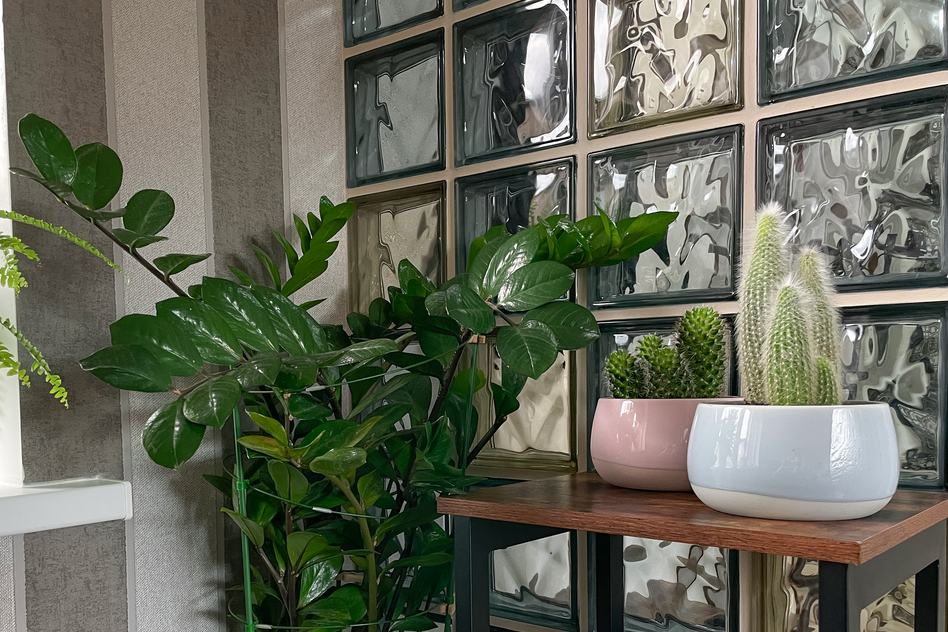
Glass blocks were supposed to feel futuristic, especially when arranged into a shimmering bathroom divider or a hallway accent. The idea was to let in light without sacrificing privacy, but the result often looked like a partial office building. People thought they were fancy because upscale hotels used them, but most homes didn’t quite achieve the same effect. They created this cold, industrial feeling even when used in cozy rooms. Patching or replacing them was a nightmare because each block was heavy. And once installed, you were practically committed for life.
They definitely had a moment, especially in ’80s remodels where homeowners wanted “architectural interest.” But as tastes shifted toward warm and inviting interiors, these icy blocks suddenly looked harsh and outdated. They made small bathrooms feel claustrophobic and small kitchens feel crowded. And their gleaming surface was a magnet for dust and grime. No one is clamoring for their comeback anytime soon.
4. Balloon Valances
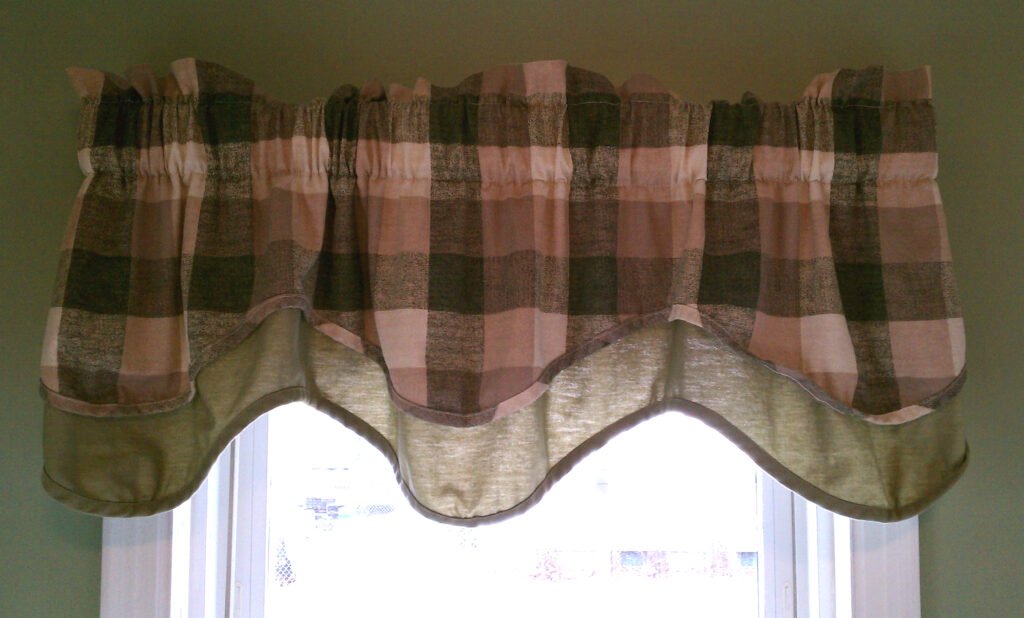
Balloon valances were everywhere, especially in homes trying to look elegant on a budget. They puffed out over windows like overstuffed pastries and came in florals, stripes, or dusty pastels. People loved them because they added “volume,” but in practice, they blocked a surprising amount of sunlight. The fabric often sagged unevenly and collected dust. And they made every living room look like a 1987 Sears catalog. Even when perfectly styled, they still felt overly fussy.
They were a staple in kitchens and dining rooms, especially paired with matching curtains or wallpaper. But over time, people realized how dated the whole look was, especially compared to cleaner, simpler window treatments. They also faded quickly in the sun, leaving weird streaks. Nobody is asking for more poofy drapery that fights with gravity. Today, they mostly pop up in old real estate listings—and that’s more than enough.
5. Lacquered Furniture
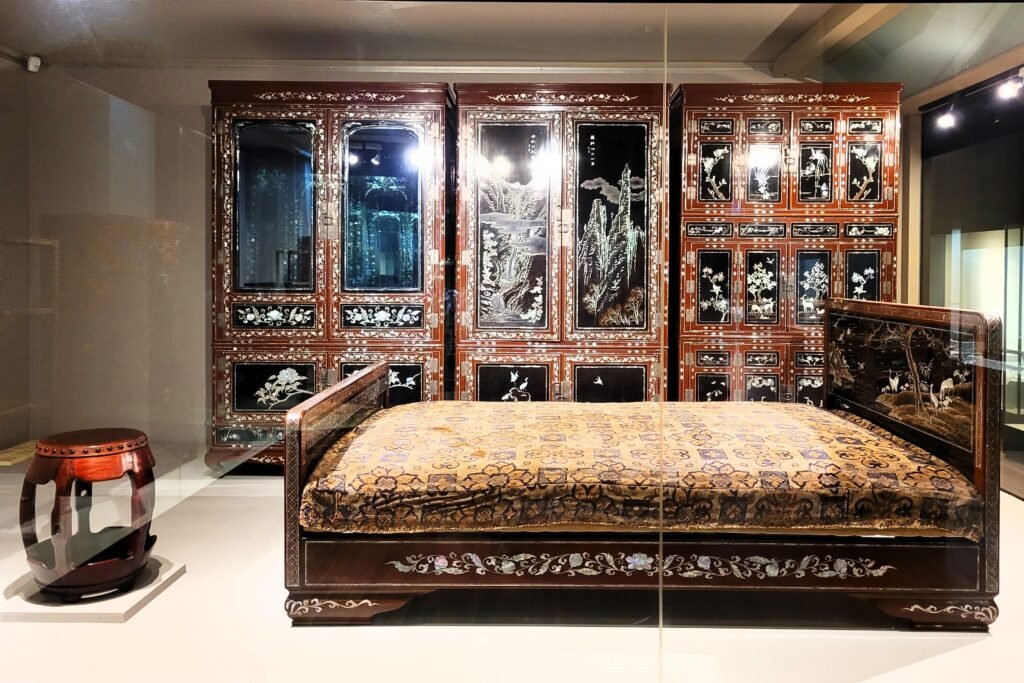
High-gloss lacquered furniture had a big moment, especially in white, black, and bold colors like burgundy or teal. It was marketed as modern and glamorous, a look pulled straight from high-end showrooms. But in homes, it often came off as cold and a little too shiny. You could spot every fingerprint, smudge, or scratch from across the room. And if the finish chipped, repairing it was almost impossible. These pieces aged quickly, losing their polished perfection.
People loved pairing lacquer with chrome, creating an overall look that felt sleek at the time but now looks aggressively retro. Bedrooms and dining rooms were full of glossy dressers and tables. The problem is that the finish didn’t wear well and often yellowed with age. And moving them was risky because one wrong bump could crack the coating. They’ve stayed in thrift stores for a reason.
6. Mauve Everything
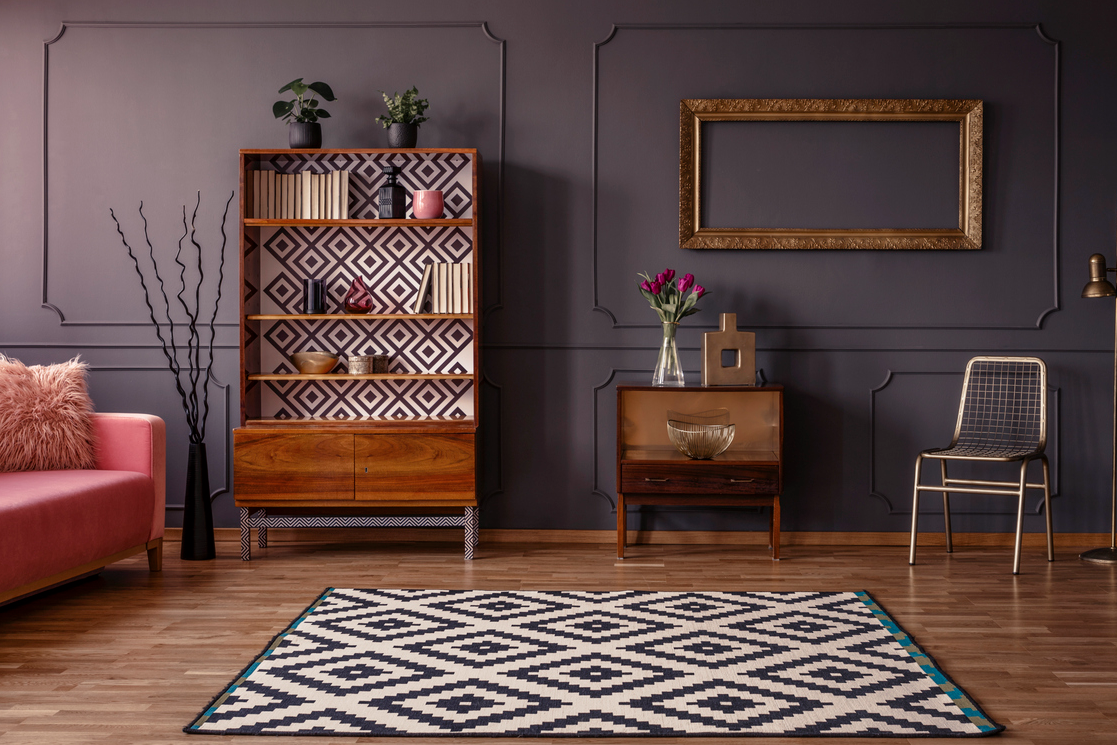
Mauve was the unofficial color of the late ’80s, spreading like wildfire across living rooms, bathrooms, and bedrooms. It was supposed to feel calming and sophisticated, but it often made entire spaces look dusty. You’d see mauve carpets, sofas, curtains, even bathroom sinks. It paired strangely with other trending colors like teal and peach, creating that unmistakable ’80s palette. The problem was that once it was installed, it completely overtook the room. It was hard to match anything to it without the space looking washed out.
Bathrooms were especially notorious for mauve overload. Towels, rugs, tile accents, all in that same muted purple-pink shade. And once the trend faded, homeowners were left with rooms that felt permanently stuck in 1988. Removing mauve carpeting alone was a whole ordeal. While the color has modern variations today, this particular ’80s shade can stay where it came from.
7. Faux Brass Everything

The ’80s had a real love affair with shiny faux brass, from lamps to drawer pulls to fireplace surrounds. It was meant to look glamorous, but the finish usually tarnished quickly. Many pieces were just thin metal coatings that wore off within a few years. The yellow-gold tone was harsh and didn’t age well. Anything that wasn’t scratched ended up looking dull. And combined with other shiny surfaces, it made rooms feel cluttered.
Bathrooms were hit especially hard with brass towel racks, faucets, and lighting fixtures. Kitchens weren’t far behind with brass-trimmed appliances. These pieces were everywhere and nearly impossible to match once they started to fade. Today’s brass has a softer, brushed look that feels warm, but the ’80s version? That overly shiny, brassy glare isn’t something anyone is missing.
8. Mirror Walls

Nothing says ’80s excess like a fully mirrored wall. They were meant to make rooms look bigger, but they mostly made them feel like aerobics studios. People installed them in dining rooms, bedrooms, and even living rooms. And sure, they reflected light, but they reflected everything else too, including clutter. A mirrored wall also required constant cleaning because fingerprints, smudges, and dust showed instantly. And installation was risky since the panels were heavy and fragile.
Once the trend faded, homeowners were left with the challenge of removing massive glass panels. Many mirrored walls were glued directly onto drywall, which meant tearing down half the wall to get rid of them. They also caused glare issues and made rooms feel colder. While a small mirror can still brighten a space, entire mirrored walls are better left in the ’80s fitness era.
9. Country Duck Decor

Country-style duck motifs were everywhere, from kitchens to bathrooms, popping up on wallpaper borders, towels, and knickknacks. They usually wore little blue ribbons and waddled across every surface. People thought it added charm and a homey touch, especially in farmhouse-inspired spaces. But after a while, it became overwhelming. Whole rooms felt themed around these decorative ducks. It was cute at first but quickly turned kitschy.
They weren’t subtle either, often appearing in sets with coordinating dishware, wall hangings, and fabric prints. Once trends shifted, people found themselves surrounded by a flock of outdated decor. Even thrift stores have an endless supply of ’80s duck items. Some nostalgia trends come back, but this one, with its hyper-specific style, is one that can stay in retirement.
10. Popcorn Ceilings

Popcorn ceilings were technically around before the ’80s, but the decade embraced them wholeheartedly. They were marketed as a way to hide imperfections and provide acoustic benefits. Instead, they trapped dust and made rooms feel closed-in. Cleaning them was nearly impossible, and repainting was a mess. Worse, removing them later created an even bigger headache. They aged poorly and often discolored over time.
A lot of homeowners didn’t realize that popcorn ceilings would date a house almost instantly. And depending on when they were installed, some contained asbestos, making removal a safety concern. Even if they didn’t, the texture was prone to crumbling. Anyone who’s ever brushed one with a broom knows the fallout. Smooth ceilings are here to stay, and popcorn can stay in the past.
11. Floral Chintz Overload
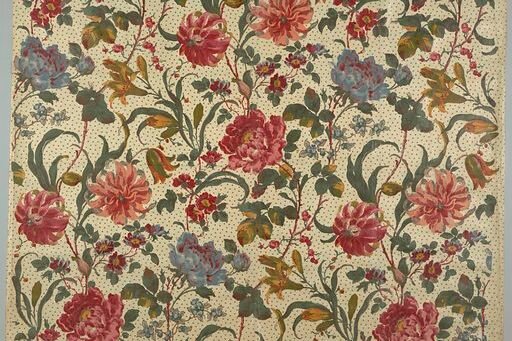
Chintz fabric covered sofas, curtains, bedding, and even lampshades during the ’80s. It came in oversized florals that dominated every room. People loved the vintage English-country look, but it often felt too busy. When everything matched, the effect was overwhelming. These bold prints clashed with equally bold carpeting and wallpaper. The trend made rooms feel cluttered even when they weren’t.
Chintz also faded quickly in the sun, leaving furniture looking worn within a few years. And cleaning it wasn’t easy because the fabric was delicate. Eventually, the maximalist look gave way to sleeker styles. While floral patterns still have their place today, the full-room chintz treatment is one trend most people don’t want to revisit.
12. Waterbeds
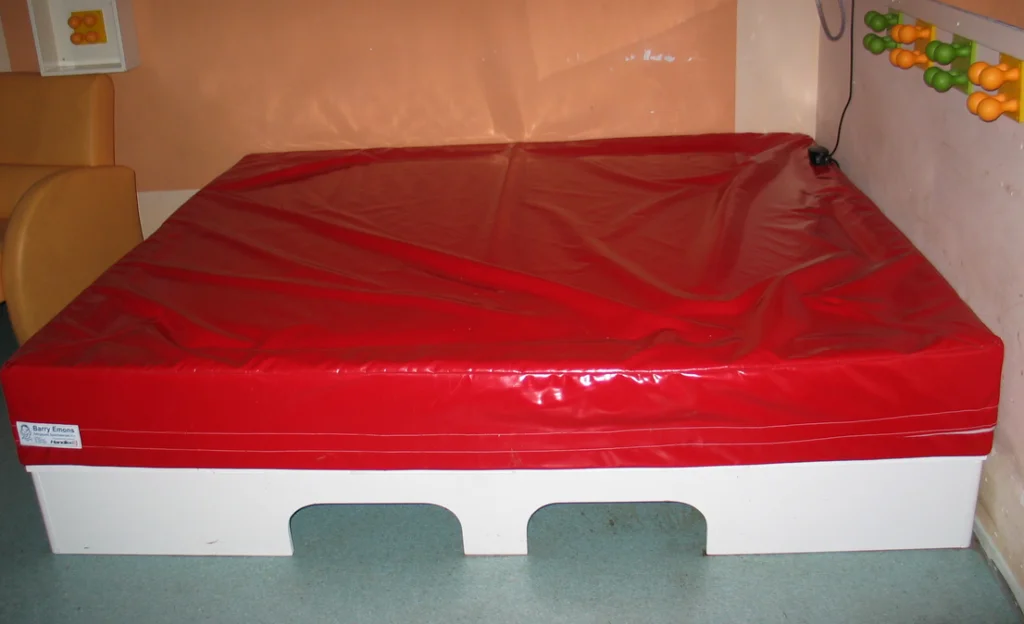
Waterbeds were considered the ultimate luxury item, promising comfort and “modern living.” But they required constant maintenance, from temperature controls to the occasional refill. The sloshing noise alone was enough to keep some people awake. Leaks were a real concern too, especially if a pet’s claw or sharp object made contact. They were incredibly heavy and difficult to move. And making the bed was its own ordeal.
They also didn’t age well, with many people eventually upgrading to more supportive mattresses. Waterbeds became associated with a very specific moment in time, especially once health experts started questioning their benefits. Today, they’re mostly remembered as a quirky trend people loved briefly before realizing the drawbacks. Most bedrooms are better off without them.
13. Wallpaper Borders
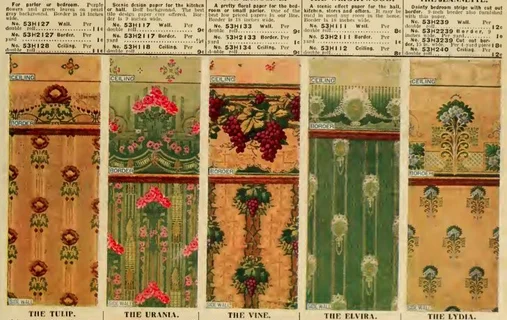
Wallpaper borders were a go-to trick for adding personality without committing to full-wall wallpaper. They appeared at the top of walls, around windows, even wrapping entire rooms. Common prints included florals, ducks, fruit, ivy, or geometric patterns. But they quickly made rooms look busy. And matching them with paint or furniture never worked as well as people hoped. Once styles changed, removing the borders was a challenge. Even when peeled carefully, they left behind adhesive or torn patches.
Bathrooms and kitchens were especially prone to these eye-level borders. People often paired them with coordinating curtains or placemats, creating an overly coordinated look. Today, they feel like a visual interruption more than a decoration. The ’80s had its charm, but wallpaper borders are one trend that’s better left behind.


